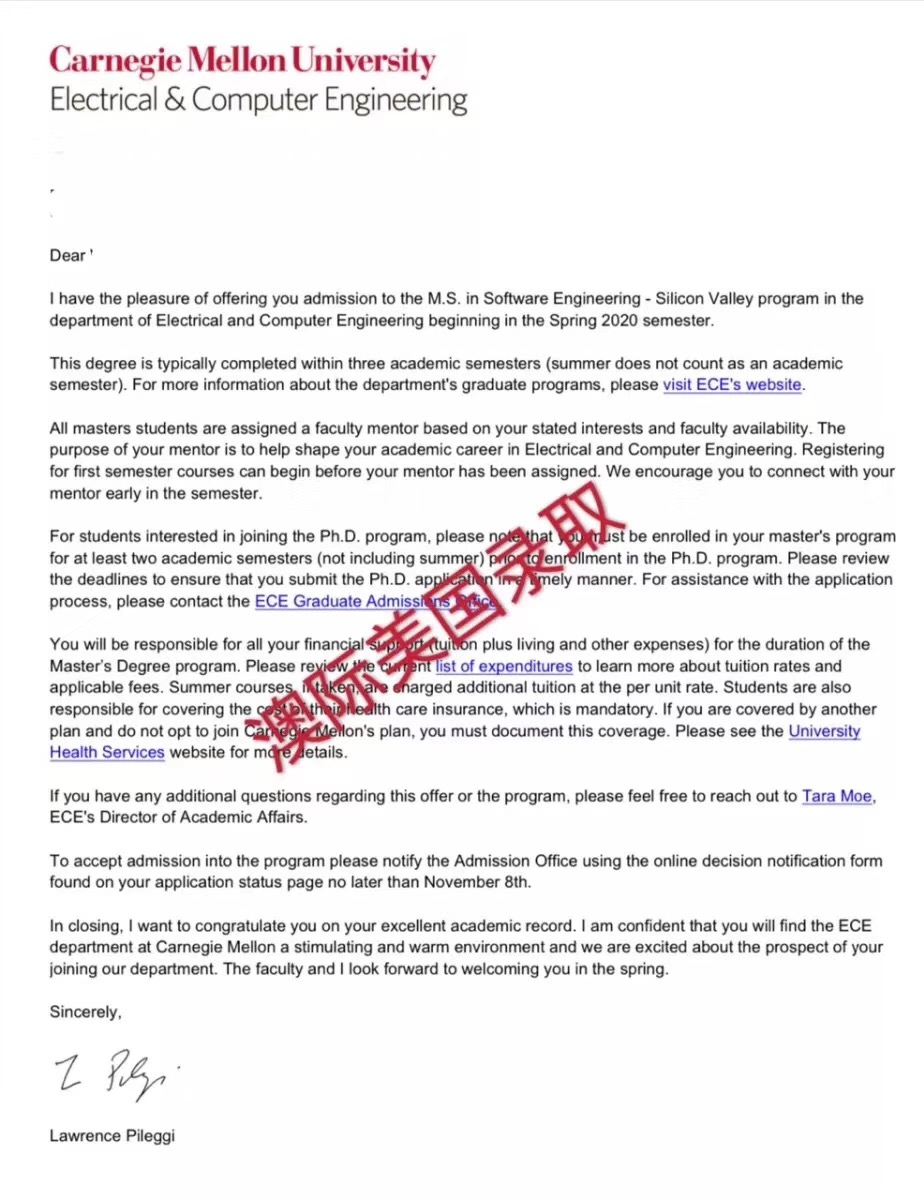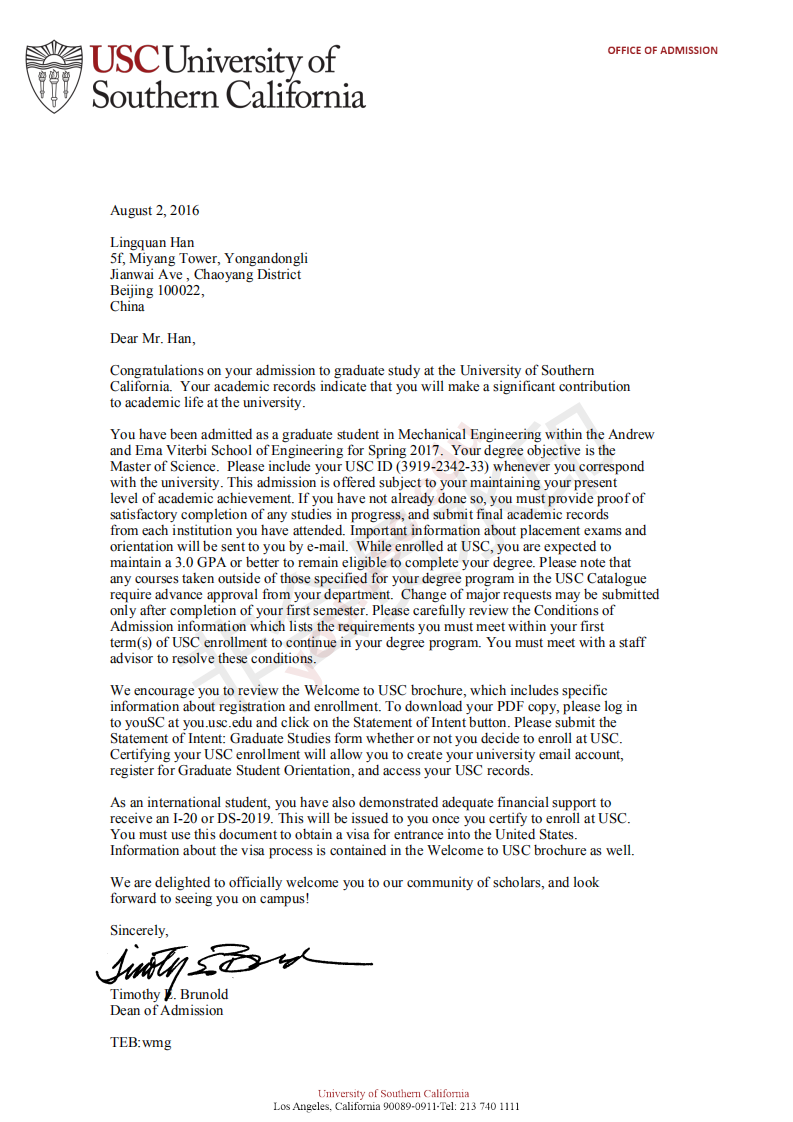SAT2美国历史词汇表:A.
2017-08-06 315阅读
大家一定要掌握关于SAT2美国历史的一些词汇,下面澳际小编为大家介绍以字母A开头的SAT2美国历史词汇表整理,词汇中涉及到了重要的历史事件、历史时期以及人物,非常全面,大家在复习SAT2美国历史时可以进行参考。
A
John Adams
America’s second president, Adams served from 1797 to 1801. A Federalist, he supported a powerful centralized government. His most notable actions in office were the undertaking of the Quasi-war with France and the passage of the Alien and Sedition Acts.
John Quincy Adams
Son of John Adams and president from 1825 to 1829. As James Monroe’s secretary of state, Adams worked to expand the nation’s borders and authored the Monroe Doctrine. His presidency was largely infective due to lack of popular support; Congress blocked many of his proposed programs.
Samuel Adams
A leader of the Sons of Liberty. Adams suggested the formation of the Committees of Correspondence and fought for colonial rights throughout New England. He is credited with provoking the Boston Tea Party.
Jane Addams
A rormer and pacifist best known for founding Hull House in 1889. Hull House provided educational services to poor immigrants.
The Age of Reason
Written by Thomas Paine. The Age of Reason was published in three parts between 1794 and 1807. A critique of organized religion, the book was criticized as a dense of Atheism. Paine’s argument is a prime example of the rationalist approach to religion inspired by Enlightenment ideals.
Agricultural Adjustment Administration (AAA)
Created in 1933 as part of FDR’s New Deal. The AAA controlled the production and prices of crops by offering subsidies to farmers who stayed under set quotas. The Supreme Court declared the AAA unconstitutional in 1936.
Albany Plan
Submitted by Benjamin Franklin to the 1754 gathering of colonial delgates in Albany, New York. The plan called for the colonies to unify in the face of French and Native American threats. Although the delegates in Albany approved the plan, the colonies rejected it for fear of losing their independent authority. The Crown rejected the Albany Plan as well, wary of cooperation between the colonies.
Horatio Alger
Author of popular young adult novels, such as Ragged Dick, during the Industrial Revolution. Alger’s “rags to riches” tales emphasised that anyone could become wealthy and successful through hard work and exceptional luck.
Alien and Sedition Acts
Passed by Federalists in 1798 in response to the XYZ Affair and growing Republican support. On the grounds of “national security,” the Alien and Sedition Acts increased the number of years required to gain citizenship, allowed for the imprisonment and deporation of aliens, and virtually suspended freedom of speech. Popular dissatisfaction with the acts secured Republican Thomas Jferson’s bid for presidency in 1800, and were the undoing of the Federalist Party.
Allies
The partership of Great Britain, France, and Italy during World War I. The Allies were pitted against the Central Powers of Germany and Austria-Hungary. In 1917, the U.S. joined the war on the Allies’ side. During World War II, the Allies included Great Britain, the Soviet Union, the U.S., and France.
American Civil Liberties Union (ACLU)
Founded in 1920. The ACLU seeks to protect the civil liberties of individuals, often by bringing “test cases” to court in order to challenge questionable laws. In 1925, the ACLU challenged a Christian fundamentalist law in the Scopes Monkey Trial.
American Federation of Labor (AFL)
Founded in 1886. The AFL sought to organize craft unions into a federation. The loose structure of the organization differed from its rival, the Knights of Labor, in that the AFL allowed individual unions to remain autonomous. Eventually the AFL joined with the Congress of Industrial Organizations to form the AFL-CIO.
American System
Crafted by Henry Clay and backed by the National Republican Party. The American System proposed a series of tariffs and federally funded transportation improvements, geared toward achieving national economic self-sufficiency.
Annapolis Convention
Delegates from five states met in Annapolis in September 1786 to discuss interstate commerce. However, discussions of weaknesses in the government led them to suggest to Congress a new convention to amend the Articles of Confederation.
Susan B. Anthony
A leading member of the women’s suffrage movement. She served as president of the National American Woman Suffrage Association from 1892 until 1900.
Anti-federalists
During ratification, anti-federalists opposed the Constitution on the grounds that it gave the federal government too much political, economic, and military control. They instead advocated a decentralized governmental structure that granted the most power to the states.
Anti-Imperialist League
Argued against American imperialism in the late 1890s. Its members included such luminaries as William James, Andrew Carnegie, and Mark Twain.
Anti-Saloon League
Founded in 1895, the league spearheaded the prohibition movement during the Progressive Era.
Articles of Confederation
Adopted in 1777 during the Revolutionary War. The Articles established the first limited central government of the United States, reserving most powers for the individual states. The Articles didn’t grant enough federal power to manage the country’s budget or maintain internal stability, and were replaced by the Constitution in 1789.
Assembly line
Industrialist Henry Ford installed the first assembly line while developing his Model T car in 1908, and perfected its use in the 1920s. Assembly line manufacturing allowed workers to remain in one place and master one repetitive action, maximizing output. It became the production method of choice by the 1930s.
Atlantic Charter
Issued on August 14, 1941 during a meeting between President Roosevelt and British Prime Minister Winston Churchill. The charter outlined the ideal postwar world, condemned military aggression, asserted the right to national self-determination, and advocated disarmament.
Atomic Energy Commission (AEC)
After World War II, the AEC worked on developing more fective ways of using nuclear material, such as uranium, in order to mass-produce nuclear weapons.
The Awakening
Written by Kate Chopin in 1899. The Awakening portrays a married woman who dies social convention first by falling in love with another man, and then by committing suicide when she finds that his views on women are as oppressive as her husband’s. The novel rlects the changing role of women during the early 1900s.
Axis powers
During World War II, the Axis powers included Germany, Italy, and Japan. The three powers signed the Tripartite Pact in September 1940.
以上就是以字母A开头的SAT2美国历史词汇表整理介绍。接下来澳际小编还会连续为大家介绍其它SAT2考试词汇,希望大家持续关注。澳际小编祝大家都能取得优异的SAT2考试成绩!
SAT2美国历史词汇表:ASAT2美国历史词汇表:A大家一定要掌握关于SAT2美国历史的一些词汇,下面澳际小编为大家介绍以字母A开头的SAT2美国历史词汇表整理,词汇中涉及到了重要的历史事件、历史时期以及人物,非常全面,大家在复习SAT2美国历史时可以进行参考。
A
John Adams
America’s second president, Adams served from 1797 to 1801. A Federalist, he supported a powerful centralized government. His most notable actions in office were the undertaking of the Quasi-war with France and the passage of the Alien and Sedition Acts.
John Quincy Adams
Son of John Adams and president from 1825 to 1829. As James Monroe’s secretary of state, Adams worked to expand the nation’s borders and authored the Monroe Doctrine. His presidency was largely infective due to lack of popular support; Congress blocked many of his proposed programs.
Samuel Adams
A leader of the Sons of Liberty. Adams suggested the formation of the Committees of Correspondence and fought for colonial rights throughout New England. He is credited with provoking the Boston Tea Party.
Jane Addams
A rormer and pacifist best known for founding Hull House in 1889. Hull House provided educational services to poor immigrants.
The Age of Reason
Written by Thomas Paine. The Age of Reason was published in three parts between 1794 and 1807. A critique of organized religion, the book was criticized as a dense of Atheism. Paine’s argument is a prime example of the rationalist approach to religion inspired by Enlightenment ideals.
Agricultural Adjustment Administration (AAA)
Created in 1933 as part of FDR’s New Deal. The AAA controlled the production and prices of crops by offering subsidies to farmers who stayed under set quotas. The Supreme Court declared the AAA unconstitutional in 1936.
Albany Plan
Submitted by Benjamin Franklin to the 1754 gathering of colonial delgates in Albany, New York. The plan called for the colonies to unify in the face of French and Native American threats. Although the delegates in Albany approved the plan, the colonies rejected it for fear of losing their independent authority. The Crown rejected the Albany Plan as well, wary of cooperation between the colonies.
Horatio Alger
Author of popular young adult novels, such as Ragged Dick, during the Industrial Revolution. Alger’s “rags to riches” tales emphasised that anyone could become wealthy and successful through hard work and exceptional luck.
Alien and Sedition Acts
Passed by Federalists in 1798 in response to the XYZ Affair and growing Republican support. On the grounds of “national security,” the Alien and Sedition Acts increased the number of years required to gain citizenship, allowed for the imprisonment and deporation of aliens, and virtually suspended freedom of speech. Popular dissatisfaction with the acts secured Republican Thomas Jferson’s bid for presidency in 1800, and were the undoing of the Federalist Party.
Allies
The partership of Great Britain, France, and Italy during World War I. The Allies were pitted against the Central Powers of Germany and Austria-Hungary. In 1917, the U.S. joined the war on the Allies’ side. During World War II, the Allies included Great Britain, the Soviet Union, the U.S., and France.
American Civil Liberties Union (ACLU)
Founded in 1920. The ACLU seeks to protect the civil liberties of individuals, often by bringing “test cases” to court in order to challenge questionable laws. In 1925, the ACLU challenged a Christian fundamentalist law in the Scopes Monkey Trial. 上12下
共2页
阅读全文留学咨询
更多出国留学最新动态,敬请关注澳际教育手机端网站,并可拨打咨询热线:400-601-0022
留学热搜
相关推荐
- 专家推荐
- 成功案例
- 博文推荐

Copyright 2000 - 2020 北京澳际教育咨询有限公司
www.aoji.cn All Rights Reserved | 京ICP证050284号
总部地址:北京市东城区 灯市口大街33号 国中商业大厦2-3层









高国强 向我咨询
行业年龄 11年
成功案例 2937人
留学关乎到一个家庭的期望以及一个学生的未来,作为一名留学规划导师,我一直坚信最基本且最重要的品质是认真负责的态度。基于对学生和家长认真负责的原则,结合丰富的申请经验,更有效地帮助学生清晰未来发展方向,顺利进入理想院校。
陈瑶A 向我咨询
行业年龄 15年
成功案例 4612人
拥有大量高端成功案例。为美国哈佛大学、宾夕法尼亚大学等世界一流名校输送大批优秀人才。
齐亚楠 向我咨询
行业年龄 13年
成功案例 3536人
商科案例有哥伦比亚大学等,工科案例有麻省理工大学等,艺术案例有罗德岛大学等。
李君君 向我咨询
行业年龄 13年
成功案例 3623人
成功案例涉及美国排名前60的院校,专业涵盖商科(金融,会计,管理),工科(生物工程,化学工程,计算机科学,电气工程)等热门领域。